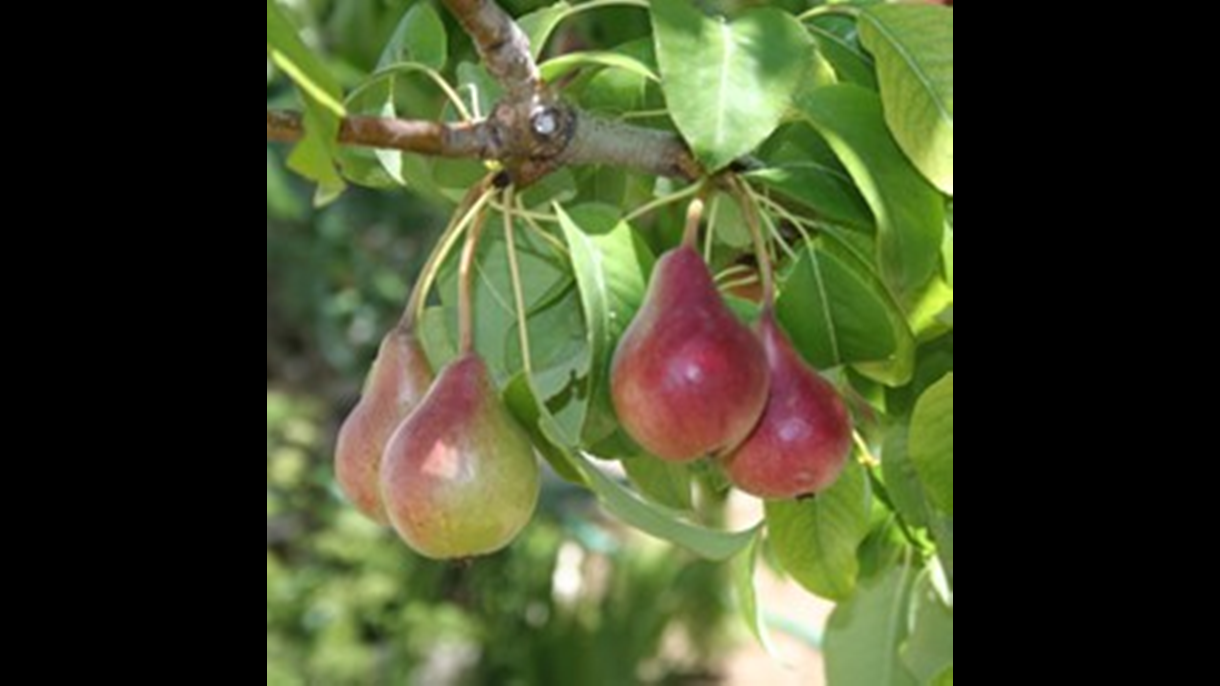Free Tree Scheme 2025
Our 2025 Award Winning scheme is open for applications from 9am Monday 29 Sept until 9am on Weds 29th Oct 2025.

This year’s species are: Hazel, Rowan, Scottish Elm, Wild Pear.
As in previous years, you can apply for two trees per household, or 10 if you are applying on behalf of a school or community group. Your household or community group must be based within the District of South Derbyshire. If not, contact your own authority (where you pay your Council Tax) to find out if they are running a scheme this year.
All the trees are two years old and approximately 30-50cms high.
We also supply information on how to plant and to look after them which you can download from the related documents section.
Our free tree scheme is run in partnership with the National Forest Company.
We’re interested in the reasons you have taken part in our Free Tree Scheme - we’ve included an option to tell us more on the application form.
You can also get in touch by email and tell us why trees matter to you: rosliston@southderbyshire.gov.uk
Our ‘giveaway’ dates and venues are:
Free Tree Giveaway dates and venues
Trees will only be available on these dates, and any that are left over will be sold to raise funds to support volunteering at Rosliston Forestry Centre’s second Christmas Market weekend, 6,7 Dec 2025
- We will label the trees for you
- Please bring a carrier bag to put them in
- Please look out for and follow any signage / other instructions
- Please be prepared to queue at busy times
Please note: when you order your trees you should get a confirmation email within a few minutes. Unless there is a problem with your order, or we run out of trees, this will be the only communication you receive from us.
If you do not receive the confirmation email please contact us directly by email: rosliston@southderbyshire.gov.uk and we will check the database to make sure we have received your order.
Click on the link to order your trees, then write the dates in your diary because every year a lot of people forget to collect them!
Place your order now
We have been running the scheme for many years and we would love to see any photos you have of trees you have planted in previous years. Please share your photos to our Facebook page: ‘Environmental Education Project at Rosliston Forestry Centre’ or Instagram account https://www.instagram.com/environmentaleducationproject
What is on offer?
HAZEL Corylus avellana
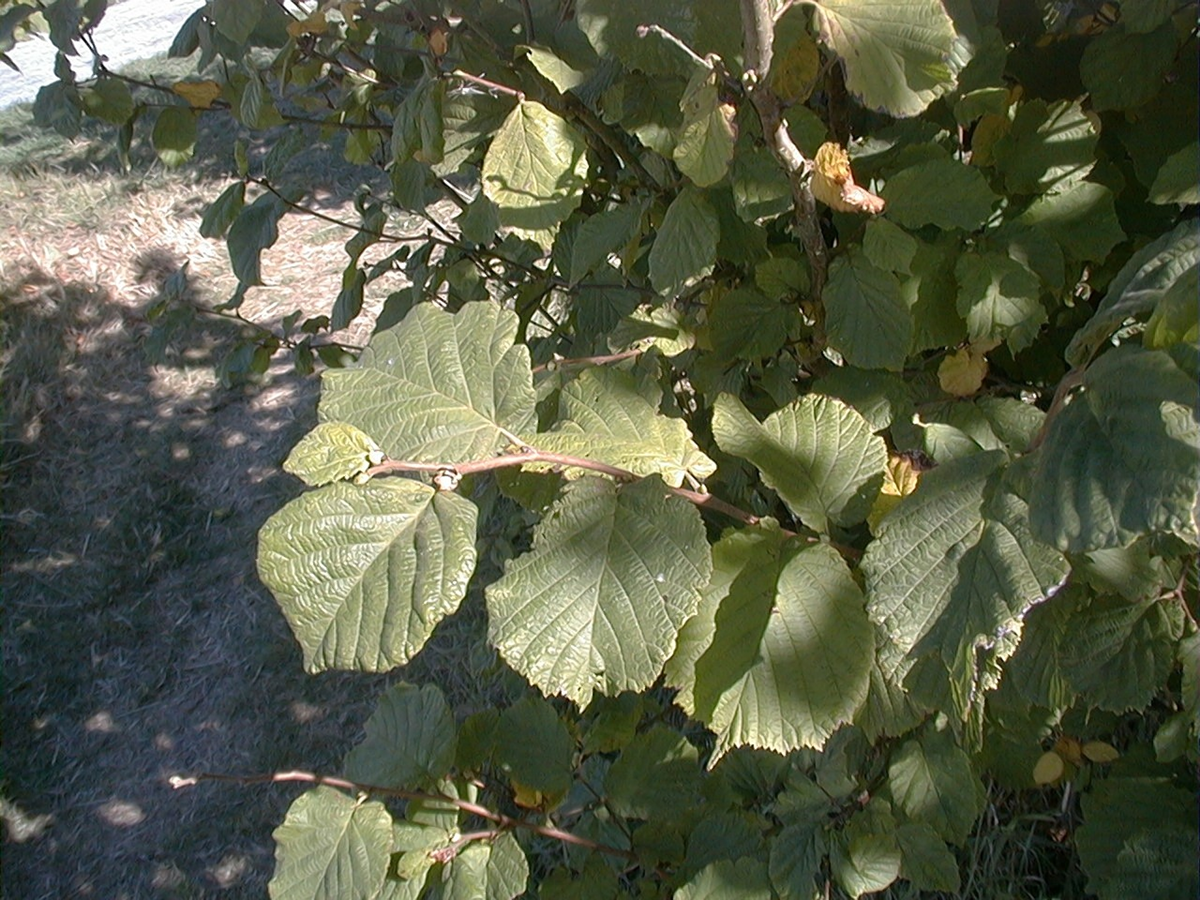
A small, fast growing, native, deciduous tree, that will grow to around 6 metres tall. It has edible nuts in autumn and bright yellow lambs tail catkins in February which provide essential early pollen for bees. A hazel tree can be coppiced to produce straight stakes for hedge laying, runner bean poles etc, but also makes a lovely small tree if left to grow.
ROWAN Sorbus aucuparia
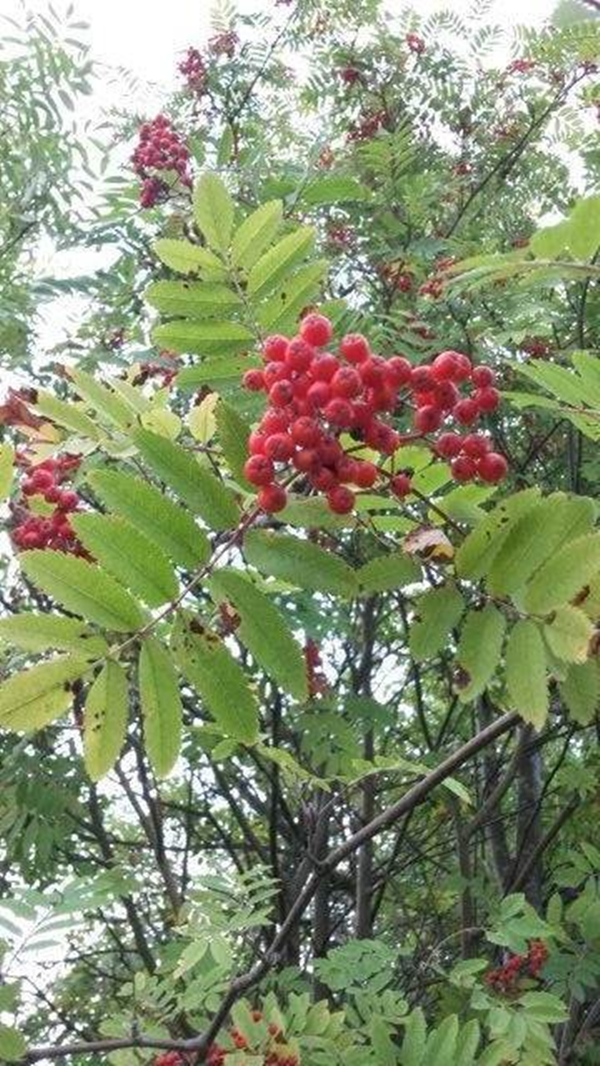
A fast growing deciduous tree that will grow to around 15-20metres.
It will make a fine feature in your garden, with white flowers in spring and fruits which are bright red and are carried on large, dense bunches in late summer and autumn. The blossom, spring and autumn leaves and the lovely clusters of red berries make the tree a year–round feature
Birds love to eat the berries.
They are not edible raw to humans although you can use them to make rowan jelly which goes well with meat dishes.
SCOTTISH ELM Ulmus Glabra
.jpeg)
The elm is a beautiful native tree with distinctive, rough, non-symmetrical leaves. If left unchecked it can grow to 30metres but this is unlikely, as if you leave it unpruned it is likely only to live 15 or so years before it succumbs to Dutch Elm Disease. However, it responds well to being kept at hedge height and is less likely to die back if kept as a hedging tree or constrained by a large pot. Despite the ongoing issue of Dutch Elm Disease we have chosen elm this year as it supports many native invertebrates like the Comma and the White-Letter Hairstreak butterflies and was once more common in South Derbyshire. We do still have some mature elm and many elm hedges and we want to add more elms into the landscape this year.
Elm has small red flowers in spring and flat green seeds in the late summer. The trees have a tendency to put up new growth from the roots, called ‘suckering’. So you will need to monitor this and cut back if needed. Alternatively, you can dig up your suckers when they are around knee height and grow them into new trees.
WILD PEAR Pyrus communis
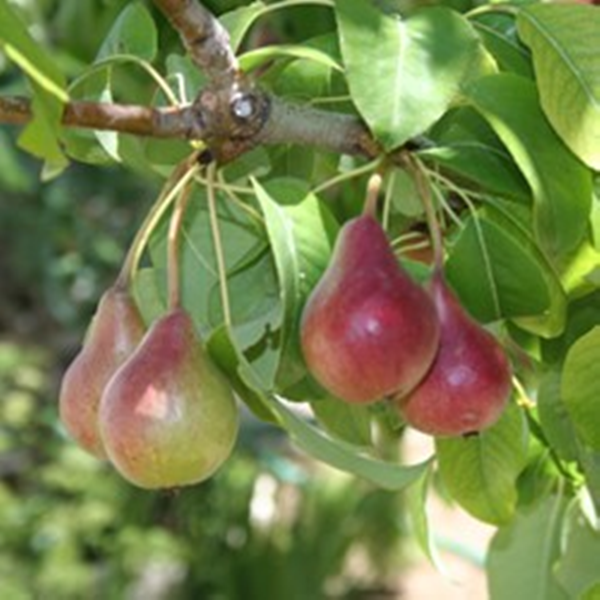
The wild, or European, Pear is a species of pear native to Europe. It was probably introduced to Europe from W. Asia by the Greeks and may have reached Britain with the Romans. It is sometimes called Common Pear.
It can grow to up to 20metres but is easy to prune to a smaller height for your garden.
It has lots of small white flowers, which grow in clusters. The pears ripen in November. The fruit is small and usually quite hard. It is edible, raw or cooked and is also used to make the drink ‘perry’.
It is attractive from spring to autumn with the blossom, fruits and finally gold autumn leaf colours
Like crab apple, it can be used as root stock for dessert pear and apple species. You can graft a twig or bud onto the wild pear and, in time, if the graft takes, you will have a branch of the grafted species grow onto the existing pear tree.
General planting advice:
-
If planting directly into the ground, check distance from your own and your neighbour’s property
-
Make sure your hole is big enough for all the roots to fit in comfortably
-
Once planted, press the soil down firmly around the stem, making sure the roots are fully covered but that all of the stem is above the soil level
-
If the soil is dry, water the tree when you have planted it.
For the first couple of years:
-
Weed carefully around the base of the tree
-
Water the tree during long spells of warm dry weather
Safe Planting distances (or put the tree in a large pot!)
Remember your neighbour’s property too, when you plant!
Safe planting distances depend on the depth of your foundations and the type of soil. Shallow foundations eg for conservatories and clay soil require the greatest minimum planting distance, making sure the tree is as far from a building as it will eventually grow in height.
If your foundations are deeper than 1m, or if you intend to prune the tree to restrict its height, you can plant closer to buildings than the recommended minimum distances.
Recommended minimum planting distance from buildings:
Hazel: 5-7 metres
Rowan: 7-10 metres
Scottish Elm: at least 10 metres - but it’s most likely to survive if managed as a hedgerow tree or grown in a pot
Wild Pear: 5-7 metres
OR trees can be as close to buildings as you want if you plant them in a large pot on a paved area!
Source for information and images: Cheviot Trees, Woodgrow Horticulture Limited, the Woodland Trust and other advisory websites
We’d love to know how you get on with your trees!
Facebook: Environmental Education Project at Rosliston Forestry Centre
Instagram: @Environmentaleducationproject
LinkedIn: Environmental Education Project South Derbyshire
You can download this information as a PDF by clicking here (pdf, 833kb). The document also includes planting and tree care information

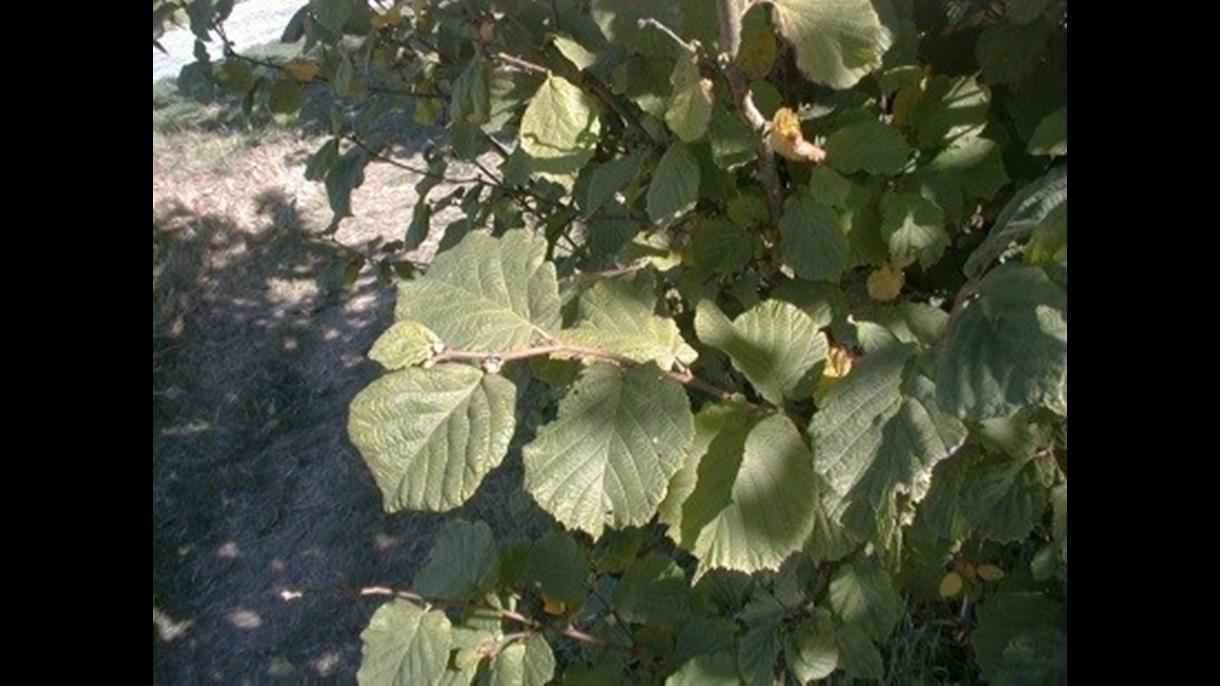
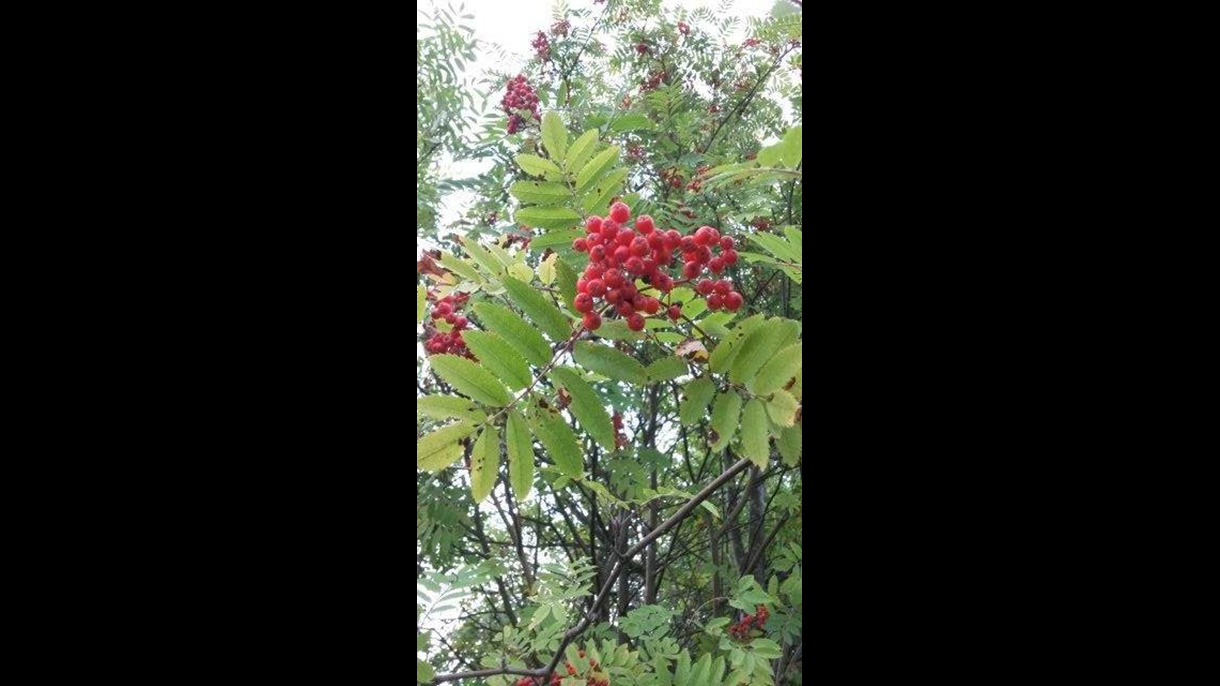
.png)
